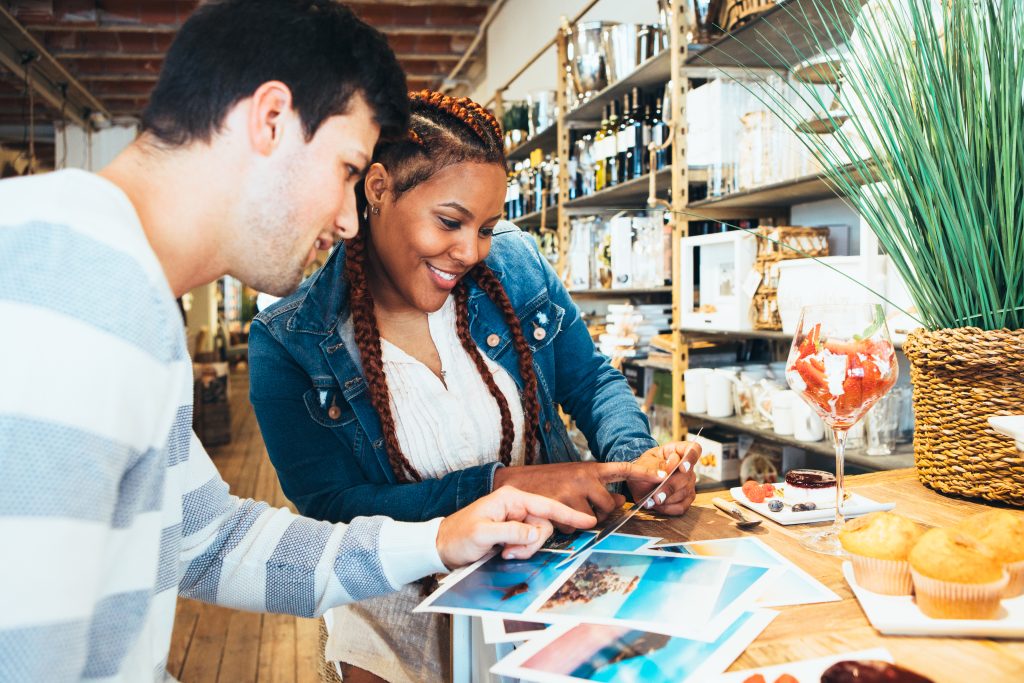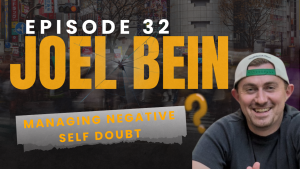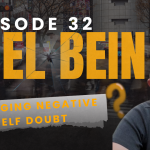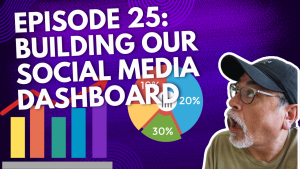Customer retention strategies and loyalty has always been a cornerstone of sustainable business growth, but its importance has never been greater. Research consistently shows that acquiring a new customer can cost up to five times more than retaining an existing one (Optimove, n.d.). For small businesses operating with limited resources, this economic reality makes loyalty not just a marketing objective but a survival strategy.
Customer Loyalty 3.0 reflects a shift from transactional rewards programs to deeper, values-driven connections. In this new model, businesses focus less on discounts and points, and more on building emotional relationships with their customers. This approach positions loyalty as an outcome of trust, authenticity, and alignment with customer values, far beyond the card-swipe mechanics of traditional programs (Forbes, 2022).

The Shift to Customer Loyalty 3.0
Traditional loyalty models have relied on rational incentives: earn points, redeem discounts, and repeat. While effective in the short term, these programs often fail to create meaningful bonds. Customers remain open to switching when a competitor offers a better deal.
Customer Loyalty 3.0, by contrast, emphasizes emotional loyalty. It involves customers identifying with a brand because it reflects their own values and beliefs. Businesses that embrace this model understand that emotional loyalty is less vulnerable to competitive offers, and more resilient over time (AnnexCloud, 2023).
For small business marketing, this transition is especially powerful. When budgets are limited, the ability to create emotional resonance offers a cost-effective way to drive retention and advocacy. It is no longer enough to reward transactions; the challenge is to design experiences that affirm customer identity and values.
Retention Versus Acquisition Economics
The math behind loyalty is persuasive. Customer acquisition costs (CAC) have risen steadily in the digital marketplace as competition intensifies. At the same time, customer lifetime value (CLV) remains heavily influenced by retention rates. Even a small improvement in retention can significantly improve profitability because loyal customers tend to buy more often, spend more per purchase, and generate referrals. Research shows that a 5% increase in retention can increase profits by between 25% and 95% (OutboundEngine, n.d.).
For small businesses, the case is clear: shifting focus from chasing new customers to cultivating existing ones provides both economic and strategic advantage. The pursuit of Customer Loyalty 3.0 aligns financial efficiency with stronger, values-driven customer relationships (Optimove, n.d.).
Core Pillars of Loyalty 3.0
Emotional Connection
At its core, Loyalty 3.0 is about building emotional bonds. Customers feel attached to brands that share their values, listen to their voices, and acknowledge their individuality. Emotional loyalty creates resilience against competitors and ensures customers stay connected even when rational incentives are absent (Forbes, 2022).
Personalized Experiences
Advances in digital tools allow small businesses to personalize interactions at scale. From tailored emails to curated product recommendations, personalization signals to customers that they are seen and valued. When combined with authenticity, personalization becomes a loyalty driver rather than a sales tactic (AnnexCloud, 2023).
Values and Trust Alignment
Trust is the currency of modern loyalty. Customers scrutinize businesses for alignment with their stated values, whether in sustainability, inclusivity, or community engagement. Recent surveys show that consumers cite trust and shared values as critical in choosing and staying loyal to brands (eMarketer & Bloomreach, 2025).
Strategies for Small Businesses
For small business marketing, Loyalty 3.0 offers a roadmap rooted in authenticity rather than scale. Local engagement remains powerful: customers appreciate when businesses participate visibly in their communities. Combining this local presence with digital loyalty tools such as apps or CRM platforms allows small businesses to maintain personal connections even as they grow.
Feedback loops are another vital element. Inviting and acting on customer feedback reinforces trust and demonstrates that the business values its community’s voice. This process converts transactions into relationships and relationships into advocacy (OutboundEngine, n.d.).

Technology and the Future of Loyalty
Digital technology is reshaping how loyalty is built and sustained. Artificial intelligence enables hyper-personalization, delivering content, offers, and experiences tailored to individual preferences. Gamification introduces fun and engagement into loyalty programs, while social proof, through reviews and community endorsements, reinforces trust at scale (AnnexCloud, 2023).
For small businesses, these technologies are not about mimicking corporate-scale programs but about enhancing authenticity. The goal is to use technology as an enabler of human connection, not a substitute for it.
From Customers to Advocates
The ultimate goal of Customer Loyalty 3.0 is advocacy. Customers who feel emotionally connected, personally valued, and aligned with a brand’s values become more than repeat buyers. They become promoters, sharing their experiences, recommending the business, and defending it in competitive markets.
Advocacy transforms the economics of marketing. Instead of relying heavily on paid acquisition, businesses benefit from organic growth through word of mouth and social sharing. Advocacy is the final stage of loyalty: when customers not only stay but also bring others with them (Forbes, 2022).
FAQ
What is Customer Loyalty 3.0?
It is a next-generation approach to loyalty focused on emotional and values-driven connections rather than transactional rewards.
Why is retention more cost-effective than acquisition?
Retention strengthens profitability by increasing customer lifetime value, while acquisition costs continue to rise in competitive markets (Optimove, n.d.; OutboundEngine, n.d.).
How do small businesses build brand loyalty?
By combining local engagement, personalized digital tools, and consistent values alignment to create authentic connections (eMarketer & Bloomreach, 2025).
What are examples of emotional loyalty?
Emotional loyalty occurs when customers feel their identity and values are affirmed by a brand, leading to stronger advocacy and resilience against competitors (AnnexCloud, 2023).





































